|

1910 - These mostly heavy and difficult to handle wood rackets were all the rage because there were no other rackets to choose
from.
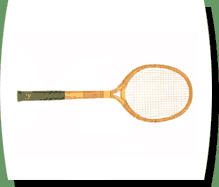
1930 - Even though racket manufacturers tried to change the shape, size and weight of the wood racket, the racket stayed pretty
constant through the '30s.
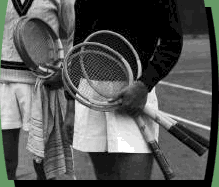
1940's - Wooden rackets only had two ways of increasing power. One was to reduce the string tension so there would be a springier
response, but this made the ball harder to control. Second was to use a heavy frame to generate more power, but the heavier
the frame the harder to maneuver. There was still work to do.
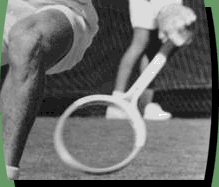
1962 - On his way to winning the Grand Slam title, Rod Laver used the Dunlop Maxply wood racket. The Maxply became the classic
wood racket that many champions would end up using in later years.
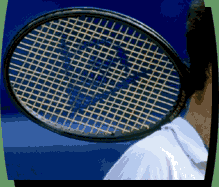
John McEnroe used a Dunlop Maxply wooden frame racket during the 1981 Wimbledon championships that he won, but then switched
over to a mid-sized, wide-body racket that he used during his Wimbledon wins in 1983 and 1984.

Tennis manufacturers took what they learned about wide-body rackets in the '80s and transferred it to the '90s by creating
even bigger racket heads. Prince racket manufacturers and '89 French Open winner Michael Chang teamed up to introduce the
"long-body" racket that was an inch longer than the conventional 27-inch racket
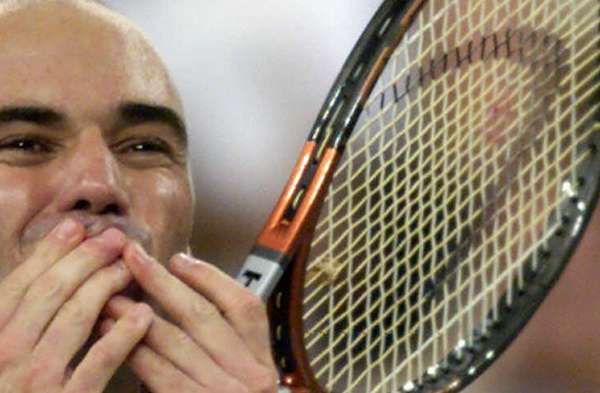
For the new millennium, tennis racket manufacturer, Head, created a completely new racket called the Ti Radical which was
co-designed by Andre Agassi. The titanium racket has already been used by Agassi during his French and U.S. Open wins in 1999
and he will use it at this year's French Open.
|

